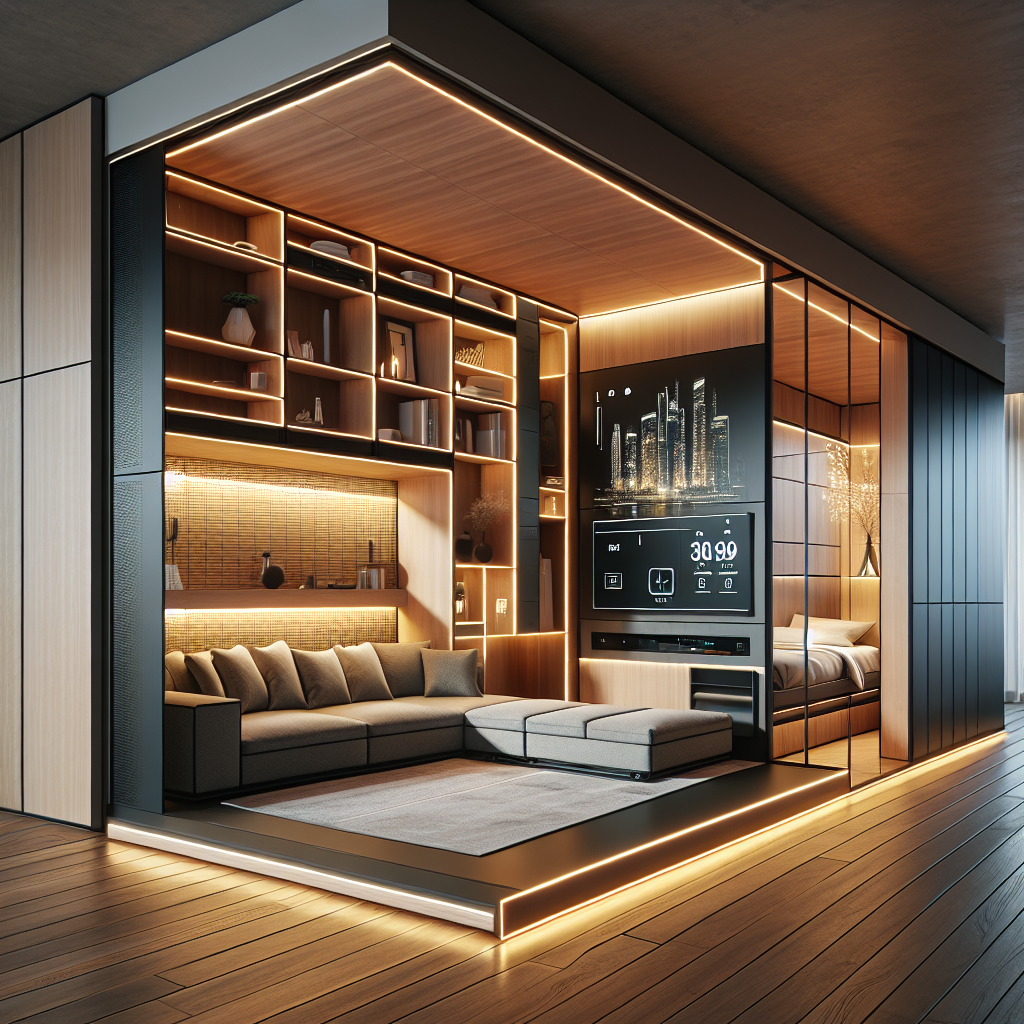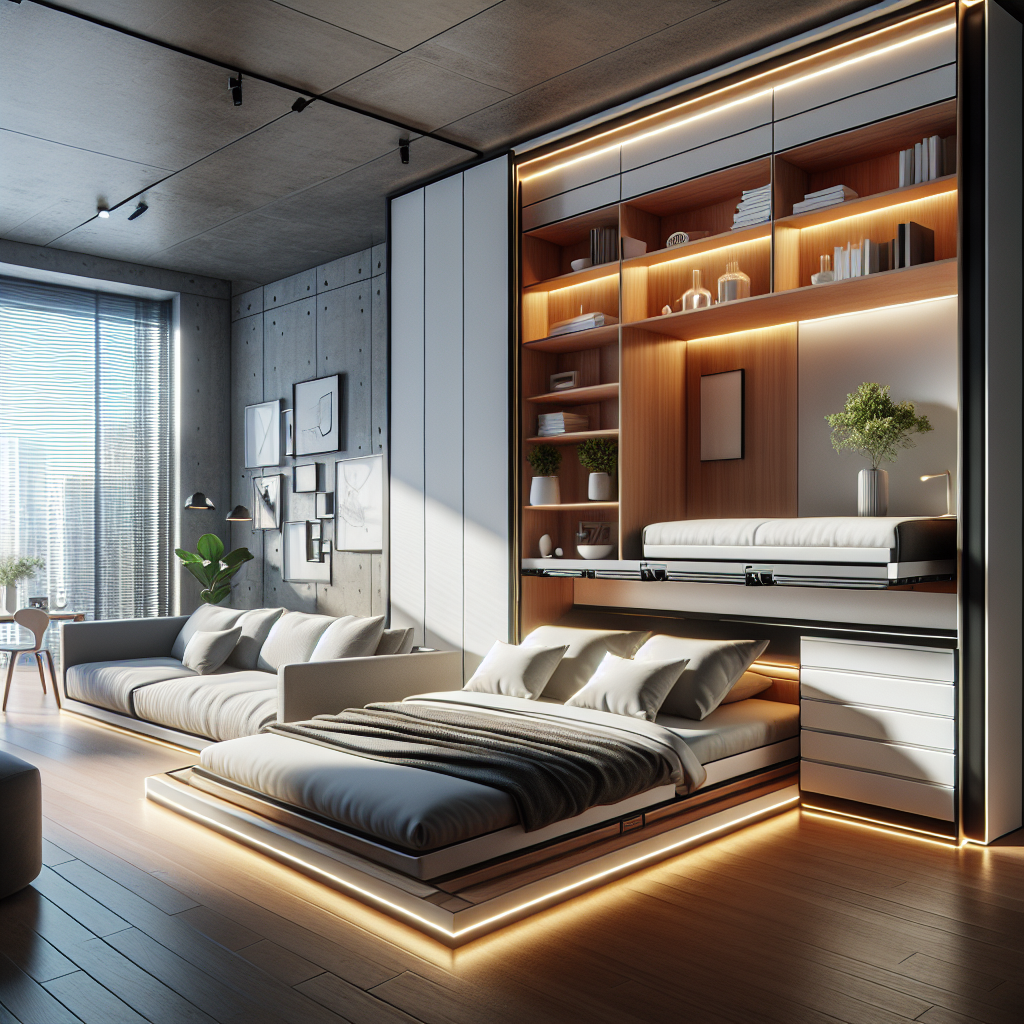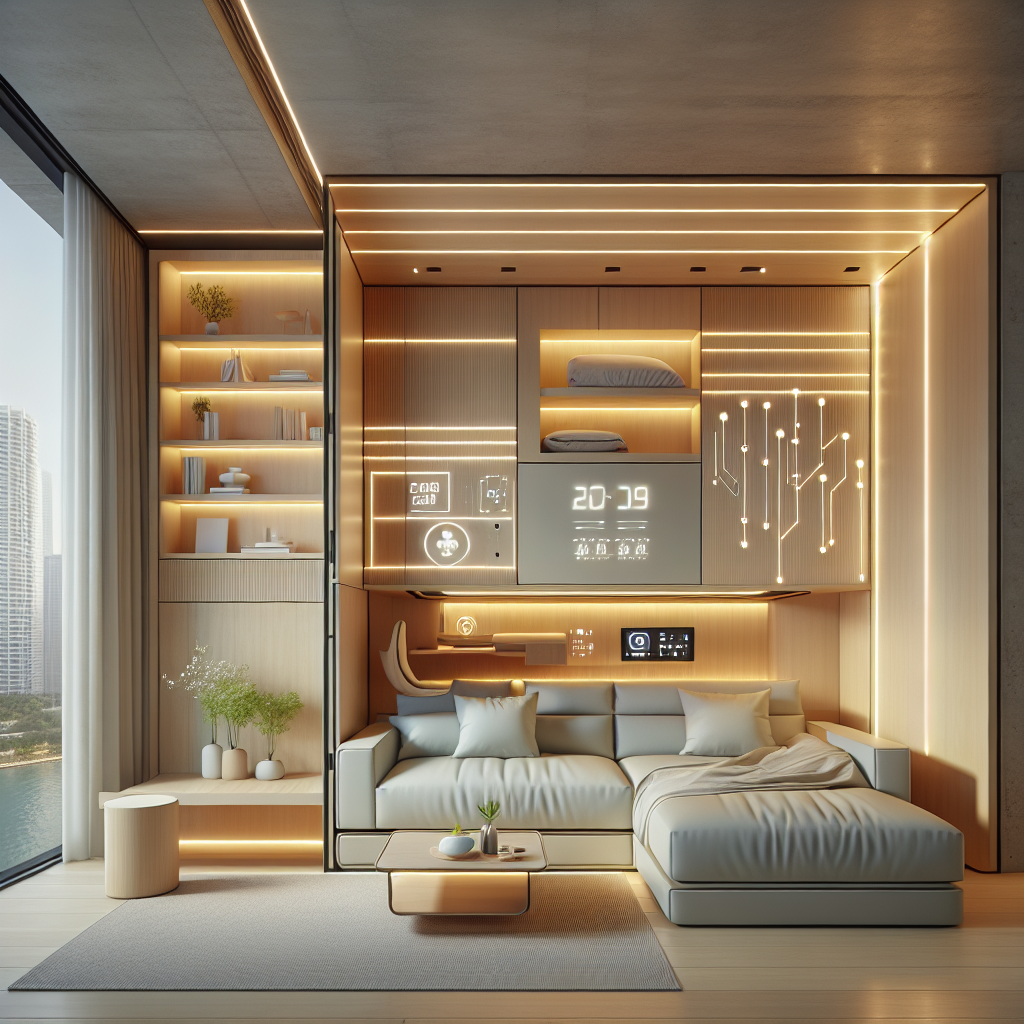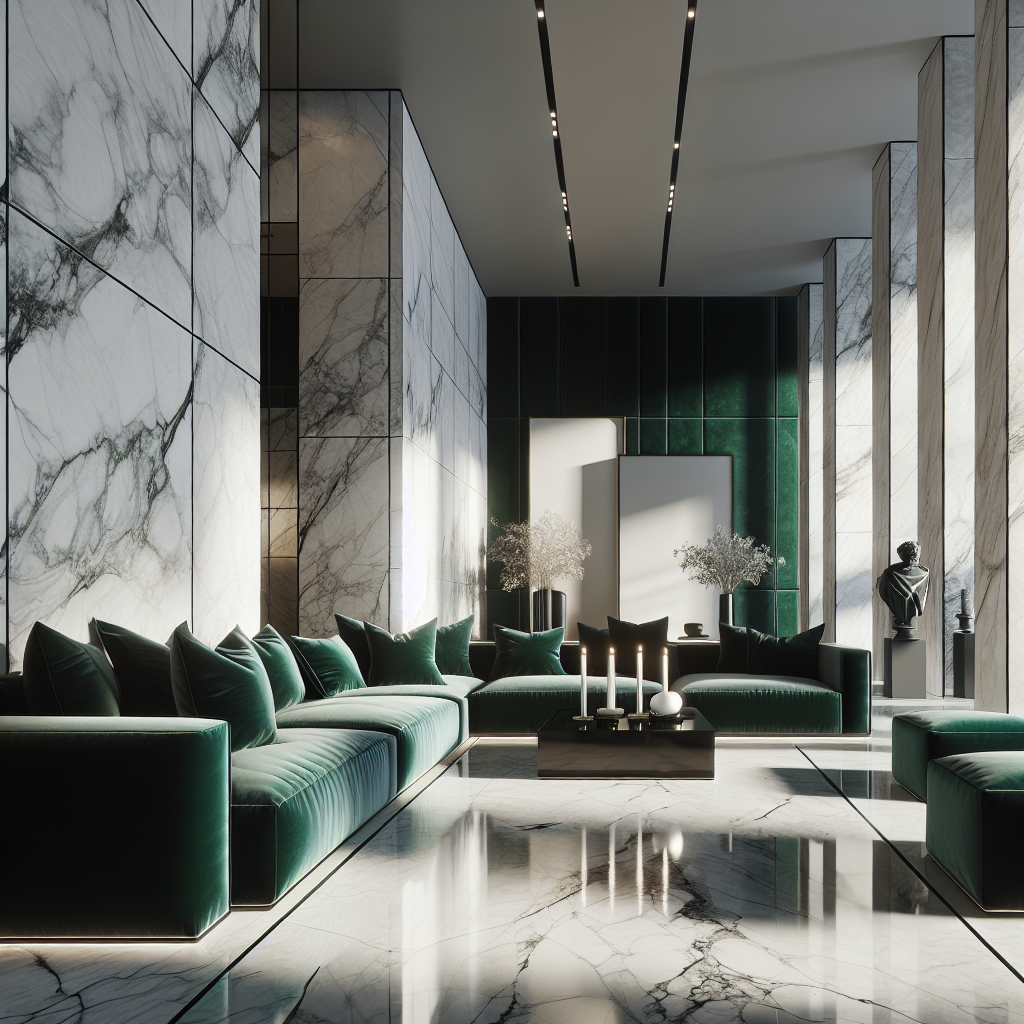Modular Smart Furniture: Reconfigure Your Room with Ease

Modular Smart Furniture: Reconfigure Your Room with Ease
In an era where flexibility, adaptability, and sustainability are redefining the built environment, furniture is no longer static. It is becoming intelligent, modular, and responsive to the shifting needs of contemporary living. Modular smart furniture is not just a design trend—it is a transformative approach to how we inhabit and interact with our spaces. For architects, interior designers, and design-savvy enthusiasts, this movement signals a paradigm shift: furniture as an evolving system rather than a fixed object.
The Rise of Modular Thinking in Design
The concept of modularity has long been a cornerstone of modernist design, from the Bauhaus movement to mid-century modular shelving systems. Today, modularity is experiencing a renaissance, propelled by urban density, smaller living spaces, and the growing desire for flexible solutions in design. According to a 2024 report by Allied Market Research, the global modular furniture market is projected to surpass $60 billion by 2030, driven by consumer demand for customizable and space-saving solutions.
Unlike traditional furniture, which is often designed for a single function, modular systems are built as adaptable frameworks. They can be expanded, contracted, or reconfigured to accommodate new uses, making them particularly relevant in the context of micro-living environments and multi-functional interiors.
Smart Technology Meets Modularity
What distinguishes today’s modular furniture from its predecessors is the integration of smart technology. Embedded sensors, IoT connectivity, and app-based controls are transforming furniture into responsive systems. Imagine a sofa that adjusts its firmness based on your posture, or a dining table that extends automatically when it detects more guests entering the room. These innovations echo the broader rise of smart home technology, seamlessly blending functionality with digital intelligence.
One notable example is Ori Living, a Boston-based startup that has pioneered robotic furniture capable of transforming a studio apartment into a bedroom, office, or living room at the touch of a button. Their systems use motorized tracks and modular components to reconfigure space dynamically, embodying the very essence of adaptable living.
Designing for Urban Realities
Urbanization continues to reshape how we live. By 2050, nearly 70% of the world’s population will reside in cities, according to the United Nations. With shrinking square footage and soaring real estate costs, the need for intelligent, space-efficient furniture has never been greater. Modular smart furniture directly addresses this challenge by allowing one room to serve multiple functions without compromising aesthetics.
Consider a compact Milanese apartment: by day, the living room is a minimalist lounge with clean-lined shelving and a low-profile sofa. By night, with a simple gesture, the shelving retracts to reveal a Murphy-style bed, while the sofa transforms into a chaise. The lighting adjusts automatically, shifting from bright task illumination to warm ambient tones. This choreography of space is made possible by modularity enhanced with digital intelligence.
Material Innovation and Sustainability
Beyond functionality, modular smart furniture is also aligned with the ethos of circular design and sustainability. Designers are increasingly turning to recycled composites, responsibly sourced wood, and biodegradable polymers to create modular systems that are both durable and environmentally responsible. The modular approach itself inherently supports sustainability: instead of discarding entire pieces, users can replace or upgrade individual modules, extending the lifespan of the furniture.
This philosophy resonates with the growing emphasis on biodegradable architecture and the circular economy, where adaptability and longevity are prioritized over disposability. In this sense, modular smart furniture is not just a lifestyle upgrade—it is a conscious design choice that reduces waste and promotes resource efficiency.
Case Studies: From Residential to Commercial Spaces
While modular smart furniture is often associated with residential interiors, its applications extend far beyond the home. In commercial environments, such as co-working spaces, modular systems enable rapid reconfiguration to accommodate shifting team sizes and collaborative needs. For instance, modular desks equipped with wireless charging and integrated storage can be rearranged overnight to transform a private office into a communal hub.
Hospitality design is also embracing modularity. Hotels are experimenting with guest rooms that adapt to different user profiles—business travelers, families, or couples—through reconfigurable furniture layouts. This adaptability not only enhances guest experience but also optimizes operational efficiency, allowing one room type to serve multiple market segments.
The Aesthetics of Adaptability
Critics once dismissed modular furniture as utilitarian, sacrificing elegance for function. Today, designers are proving otherwise. High-end brands are creating modular systems that rival bespoke furniture in craftsmanship and sophistication. Think of sculptural shelving units in brushed brass that can be reassembled into new configurations, or modular sofas upholstered in rich boucle that retain their tactile luxury while offering endless flexibility.
The visual language of modularity is evolving: from sleek, geometric forms that emphasize precision, to organic, biomorphic shapes inspired by biomimicry in design. This diversity ensures that modular smart furniture can complement a wide range of interior styles, from minimalist lofts to maximalist salons.
Challenges and Future Directions
Despite its promise, modular smart furniture faces challenges. The integration of technology raises concerns about durability, repairability, and obsolescence. Designers must strike a balance between innovation and longevity, ensuring that furniture remains functional even as digital systems evolve. Moreover, affordability remains a barrier: while modularity offers long-term value, the upfront cost of high-quality smart systems can be prohibitive for many consumers.
Looking ahead, the convergence of artificial intelligence in design and modular furniture could unlock new possibilities. AI-driven systems may one day anticipate user needs, autonomously reconfiguring spaces based on behavioral patterns. Imagine a home that “learns” when you host dinner parties, automatically extending the dining table and adjusting the lighting in anticipation.
Why Modular Smart Furniture Matters
At its core, modular smart furniture embodies a profound shift in how we conceive of interiors. It transforms static rooms into dynamic environments, blurring the boundaries between architecture, technology, and product design. For architects and designers, it offers a toolkit for crafting spaces that are not only beautiful but also resilient, sustainable, and deeply attuned to human needs.
In a world where change is the only constant, modular smart furniture provides the ultimate luxury: the freedom to reconfigure our environments with ease, elegance, and intelligence.








